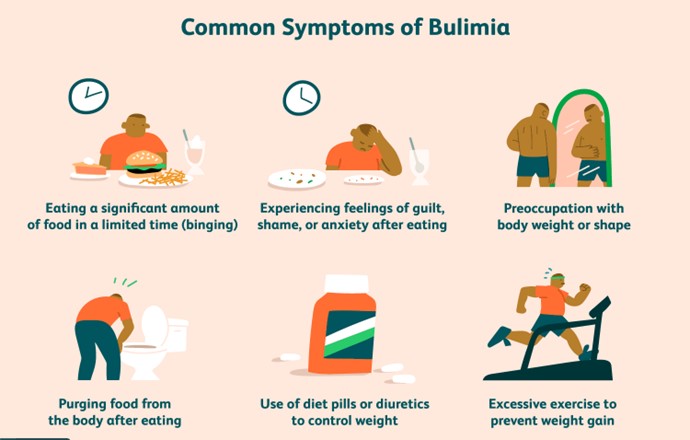A client is admited to the emergency room with a respiratory rate of 7/min. Arterial blood gases (ABG) reveal the following values. Which of the following is an appropriate analysis of the ABGs?
Metabolic alkalosis
Respiratory acidosis
Metabolic acidosis
Respiratory alkalosis
The Correct Answer is B
Choice A: Metabolic alkalosis is incorrect because it is characterized by a high pH and a high HCO3, not a low pH and a normal HCO3. Metabolic alkalosis occurs when there is a loss of metabolic acids or an excess of bicarbonate in the body, such as from vomiting, gastric suctioning, or diuretic therapy.
Choice B: Respiratory acidosis is correct because it is characterized by a low pH and a high PaCO2. Respiratory acidosis occurs when there is impaired gas exchange or hypoventilation, resulting in accumulation of carbon dioxide in the blood. This can be caused by conditions such as chronic obstructive pulmonary disease (COPD), pneumonia, asthma, or chest trauma.
Choice C: Metabolic acidosis is incorrect because it is characterized by a low pH and a low HCO3, not a low pH and a normal HCO3. Metabolic acidosis occurs when there is an excess of metabolic acids in the body, such as lactic acid, ketoacids, or salicylates.
Choice D: Respiratory alkalosis is incorrect because it is characterized by a high pH and a low PaCO2, not a low pH and a high PaCO2. Respiratory alkalosis occurs when there is excessive loss of carbon dioxide through hyperventilation, such as in anxiety, fever, or aspirin overdose.
Nursing Test Bank
Naxlex Comprehensive Predictor Exams
Related Questions
Correct Answer is ["B","C","D","E"]
Explanation
Choice A: Furosemide (Lasix) is incorrect because it is a diuretic that increases urine output and potassium excretion. However, this medication is not effective for patients with chronic renal failure who have oliguria or anuria.
Furosemide can also cause hypokalemia, which is a low potassium level.
Choice B: Sodium polystyrene sulfonate (Kayexalate) is correct because it is a cation exchange resin that binds to potassium in the gastrointestinal tract and removes it from the body through feces. This medication can lower the serum potassium level and prevent hyperkalemia, which is a high potassium level.
Choice C: Dextrose 10% is correct because it is a hypertonic solution that raises the blood glucose level and stimulates the release of insulin. Insulin helps to move potassium from the extracellular fluid into the cells, thus lowering the serum potassium level.
Choice D: Sodium bicarbonate is correct because it is an alkalizing agent that corrects metabolic acidosis, which is a common complication of chronic renal failure. Metabolic acidosis can cause potassium to shift from the intracellular fluid to the extracellular fluid, thus raising the serum potassium level. Sodium bicarbonate can reverse this effect and lower the serum potassium level.
Choice E: Insulin is correct because it also helps to move potassium from the extracellular fluid into the cells, thus lowering the serum potassium level. Insulin can be given intravenously with dextrose 10% to prevent hypoglycemia, which is a low blood glucose level.
Correct Answer is C
Explanation
Choice A: Patient with venous stasis ulcer is not at increased risk for developing metabolic alkalosis because this condition does not affect the acid-base balance. Venous stasis ulcer is a chronic wound caused by poor blood flow in the veins of the lower extremities.
Choice B: Patient on dialysis is not at increased risk for developing metabolic alkalosis because dialysis helps to correct the acid-base imbalance. Dialysis is a treatment that removes waste products and excess fluid from the blood when the kidneys are not functioning properly.
Choice C: Patient with bulimia is at increased risk for developing metabolic alkalosis because of frequent vomiting. Vomiting causes loss of gastric acid, which leads to increased bicarbonate levels and decreased hydrogen ions in the blood.
Choice D: Patient with COPD is not at increased risk for developing metabolic alkalosis, but rather respiratory acidosis. COPD is a chronic lung disease that causes difficulty breathing and impaired gas exchange. This results in accumulation of carbon dioxide and decreased pH in the blood.

Whether you are a student looking to ace your exams or a practicing nurse seeking to enhance your expertise , our nursing education contents will empower you with the confidence and competence to make a difference in the lives of patients and become a respected leader in the healthcare field.
Visit Naxlex, invest in your future and unlock endless possibilities with our unparalleled nursing education contents today
Report Wrong Answer on the Current Question
Do you disagree with the answer? If yes, what is your expected answer? Explain.
Kindly be descriptive with the issue you are facing.
